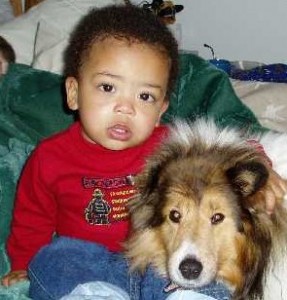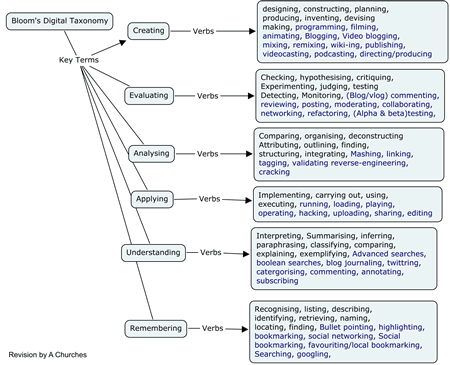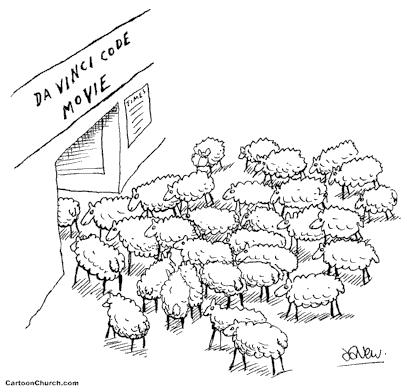Lauren’s Current Network
Last weekend I took a break from working on this week’s blog post on social networking. I went to visit my niece, and when I arrived, my seven-year-old grandniece, Lauren, closely supervised by her mother, was on the computer. She was busy checking her email at Webkinz, a social-networking site aimed at kids. Coincidence? I think not. Somehow fate knew I needed a cute photo (including pink kitten ears) to illustrate this week’s post.
It’s also not a coincidence that Webkinz is featured in the article Scaffolding the New Social Literacies, by Stephen Abram. Here’s a description from the web site (hosted by the Ganz plush animal people), “Webkinz pets are lovable plush pets that each come with a unique Secret Code. With it, you enter Webkinz World where you care for your virtual pet, answer trivia, earn KinzCash, and play the best kids games on the net!”
I chatted with my grandniece about the site. She showed me the virtual room she has built for her various stuffed toys, and the games she likes best. As of yet, she isn’t chatting with other members, but that is available, although in a highly-structured, highly controlled way.
Abram also discusses Club Penguin (http://www.clubpenguin.com/). The website says that “Club Penguin is a safe virtual world for kids to play, interact with friends and have fun letting their imaginations soar.”
Even though it costs $5.95 a month to join, Club Penguin is one of the top 10 social networking sites in the USA, so obviously children enjoy it, and parents are willing to pay for it.
Abrams point out that children using these highly commercial social networking sites, while carefully protected in a highly secure environment, are vulnerable to their pressure.
“What are these two sites doing? Isn’t it obvious? They’re using the Colombian drug lord strategy. These sites are, probably unintentionally, playground push-ers of social networking crack. They try for brand loyalty and return visits. Unlike MySpace or Facebook, they offer subscription models, or you need to buy something to enter. Peer pressure plays no small role in their word-of-mouth marketing.”
We as teacher librarians, Abrams says, have a teachable moment here. These two sites are highly ethical, but other networking sites work at collecting lots of data from their users. While we teach children about themselves and their place in the world, we can also teach them about online safety.
“At each stage we define what level of awareness they need to have while they’re on-line. What would we tell others about ourselves in our family? What information would you email grandma versus a stranger? Do you share more or different things when you’re out in your own neighborhood? What about strange neighborhoods? When do you tell people your whole name and address? What about when you’re interacting with the whole country or potentially the world, like on the web?”
Protecting or Overprotecting?
Other experts agree that schools need to help students use social networking sites appropriately. In her article ‘Safe’ social networking sites emerge, Laura Ascione discusses Whyville, “an online virtual world that immerses children in a video game-like experience where they must manage money, make sure they eat properly, and have the ability to communicate with others. More importantly, the site seeks to educate its users about online safety and how to behave in an online community.”
Another site for children, Imbee.com, a free social networking site centred on science, requires that users be registered by parents whose identity is verified by a credit card, or by a teacher as part of a class.
Ascione quotes Tim Donovan, vice president of marketing for the company that is launching Imbee. “Children and teenagers often don’t understand that what they post on the internet remains on the internet. We want kids to develop [an online] skill set under the guidance of their parents; we want parents to be accountable.”
While these sites are as safe as technology can make them, the article goes on to point out that it is essential that students be taught to be aware of online hazards such as identity theft and phishing scams, as well as online predators. I was appalled to read here that identity theft involving children under 18 doubled from 2004 to 2005. Schools need to take the initiative in teaching students how to network safely.
Lauren’s Future Networks
The School Library Journal article MySpace, Facebook Promote Literacy, by Debra Lau Whelan, dicusses a new report from Britain. Young People and Social Networking Services by the U.K.-based Internet safety organization Childnet International. The report says “there are potential “formal and informal” educational benefits for kids who use social networking services.” These include
- improving technology and digital literacy skills,
- developing “e-safety” skills
- building collaboration skills
- becoming a team player
- broadening horizons
- developing an understanding of how people live and think in all parts of the world.
The article concludes that social networking sites help students get real-world experience. “Being able to quickly adapt to new technologies, services, and environments is already regarded as a highly valuable skill by employers, and can facilitate both formal and informal learning.”
Googling Our Kids – Will Lauren Measure Up?
In Footprints in the Digital Age, Will Richardson muses on the impact of social networking on our children’s futures. “In the Web 2.0 world, self-directed learners must be adept at building and sustaining networks.” He signed up his children, aged seven and nine, on Club Penguin to get them started with social networks.
Richardson points out that we as teachers are likely being Googled frequently even now, and are judged on our digital footprint. “It’s a consequence of the new Web 2.0 world that these digital footprints-the online portfolios of who we are, what we do, and by association, what we know-are becoming increasingly woven into the fabric of almost every aspect of our lives.” How much more important will this become for our children in the Web 2.0 culture, where creating content is becoming commonplace and expected.
Richardson states, “One of the biggest challenges educators face right now is figuring out how to help students create, navigate, and grow the powerful, individualized networks of learning that bloom on the Web and helping them do this effectively, ethically, and safely.” Rather than just sharing information to be read, we should be teaching students to share information to engage an audience. Richardson cites the blog “Twenty-Five Days to Make a Difference” (http://twentyfivedays.wordpress.com), created by 10-year old Laura Stockman. Her sharing of her plan to do one good deed per day has engaged readers from around the world, and resulted in thousands of dollars raised in cash and kind for charity.
Of course, in order to help students learn to network effectively, we as teachers need to master the technology and the techniques of networking, and to have our students see us doing this.
Next weekend I’ll be heading back to spend some time online with Lauren.





